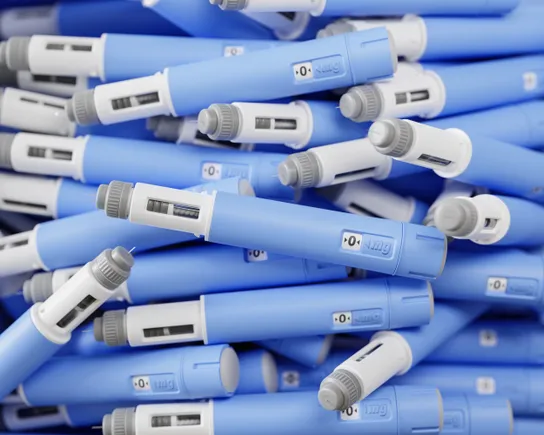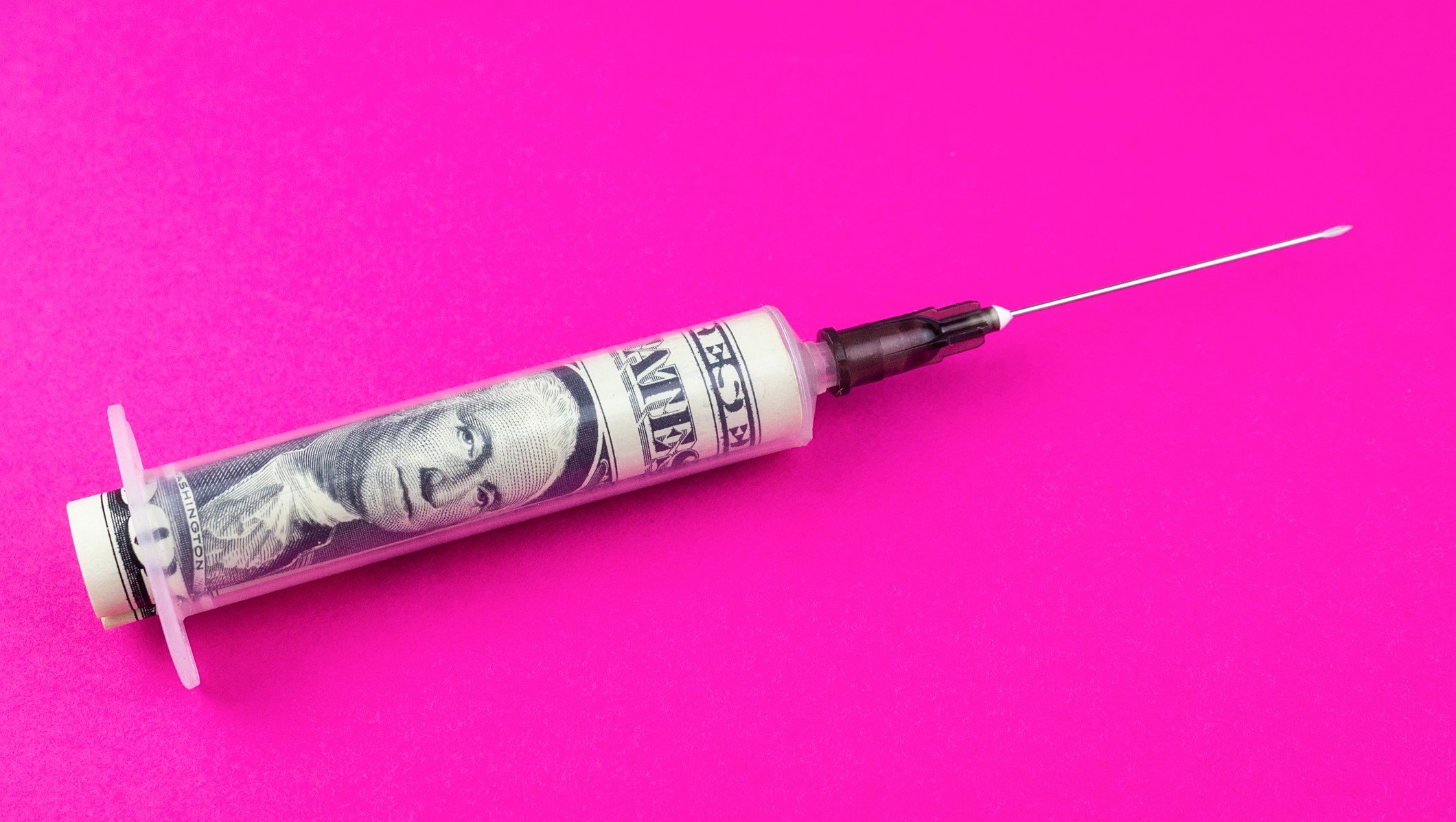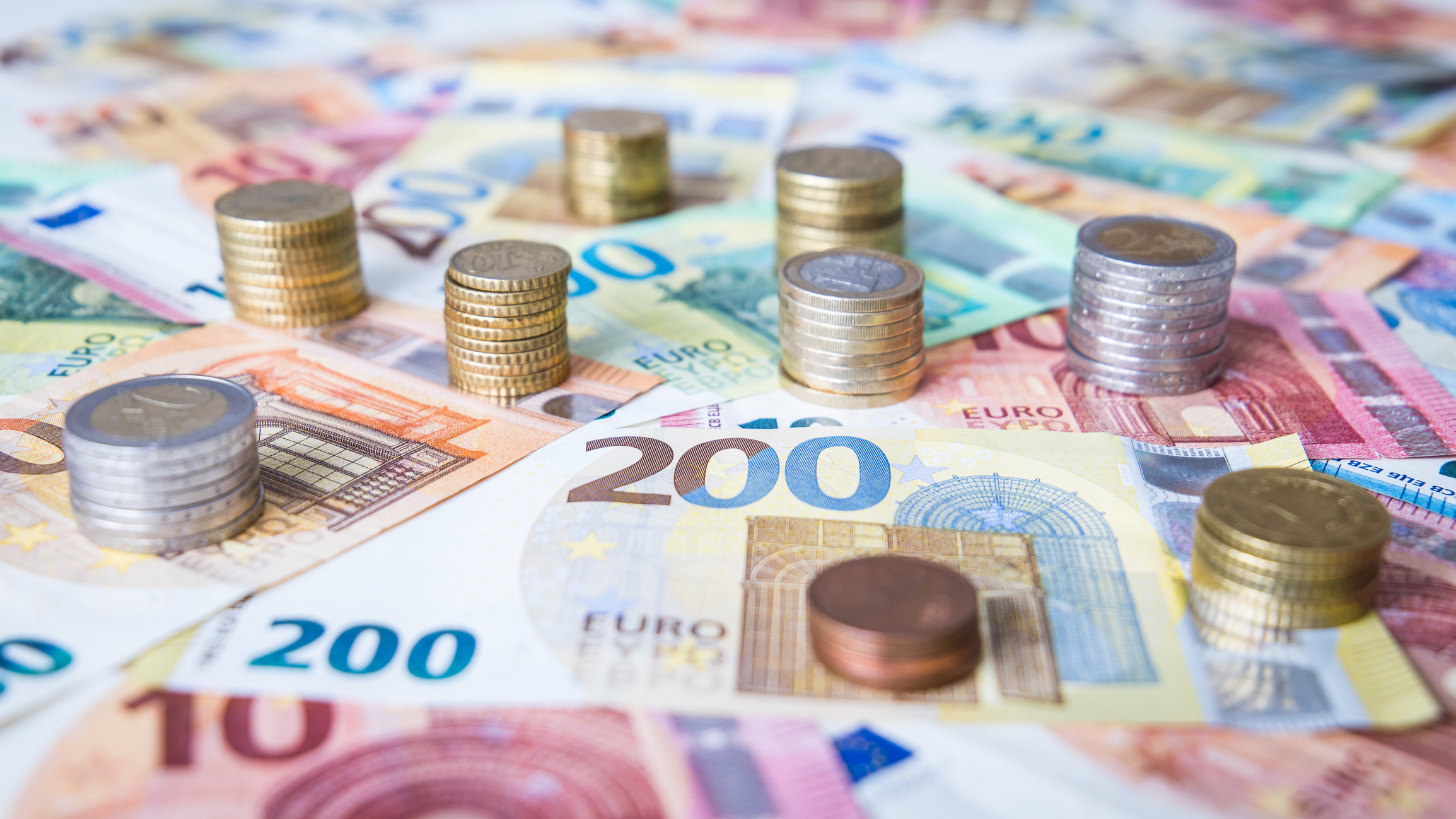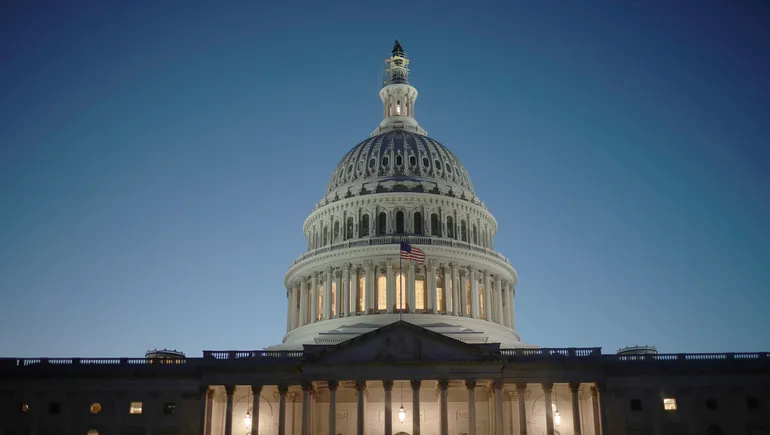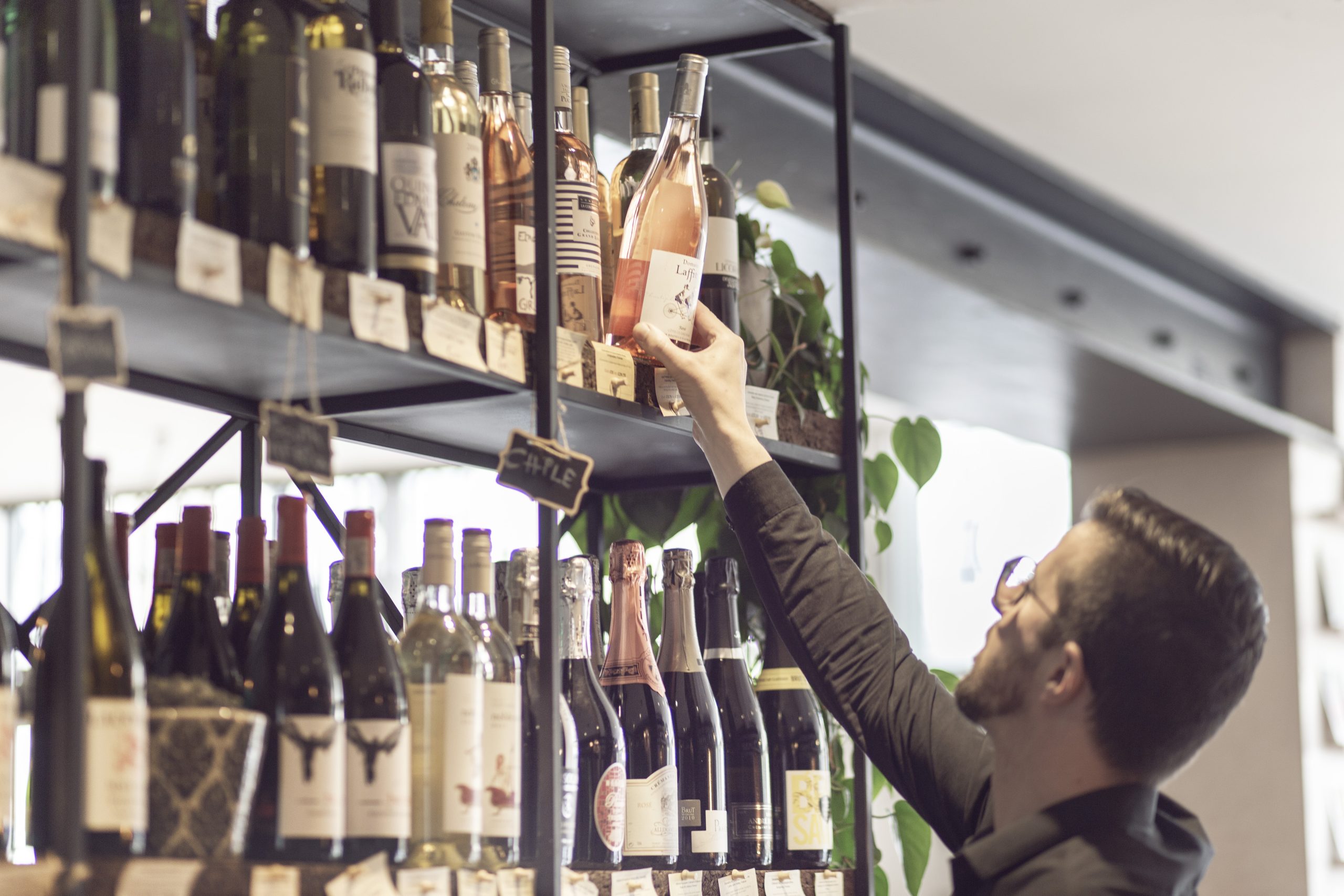Liv-ex has reported sharp falls across all its major indexes during April, as the “strengthening headwinds” continue to hit the secondary market, with the tariff fall-out hitting US buying patterns.
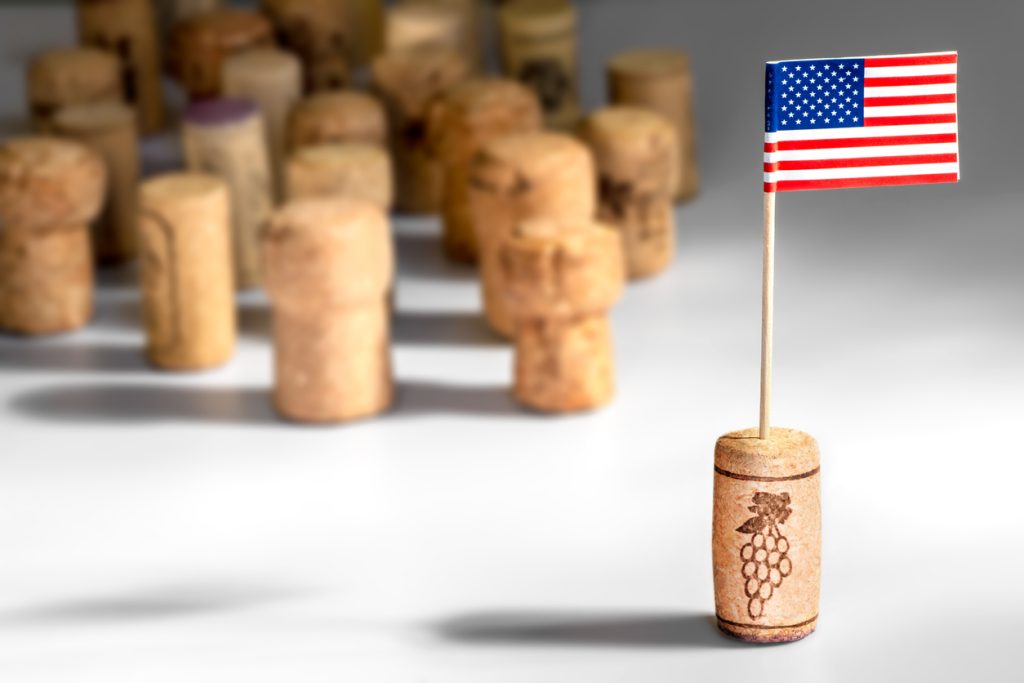
Its report for May noted that total trade value fell 30.2% month-on-month on the back of reduced trade volumes, driven by a reduction in trade count and volumes as well as the average value of the transaction. Overall, the total trade value in March was down by nearly a third on the previous month, falling 30.1% on the March figure, much of which it attributed to the impact of US tariffs.
For example the Fine Wine 100 closed down 1.7%, making it the largest monthly decline since August 2023, ahead of the Fine Wine 1000, down by 1.3%, but less than the Fine Wine 50, which tracks the 10 most recent physical vintages of the First Growths, which fell 1.9%.
As the report noted, the Fine Wine 50 and Bordeaux 500 now sit beneath the 9.8% and 5.8% beneath their 2020 lows.
Meanwhile, the impact and uncertainty around US tariffs impacted the performance of Champagne – with US buyers accounting for 47.7% of Champagne trade in the last 12 months, the Champagne fell 2.6%, making it the worst performing sub indices. Another US stronghold, Tuscany also fell back, along with Piedmont.
Indeed US buying – which accounts for around 19.9% of buyers - last month fell to the lowest it has been since January 2023, equating to a 34.8% fall from March, and a whopping 58.0% on February’s figures.
Despite this, the news that tariffs on EU imports is now only subject to 10% did provide a bright spot, with a slight uptick of US bids. This is unsurprising, it noted, as the threat of the 200% tariff in March saw US buyers bidding tail off, only returning later, at a lower level. The report argued that basically, enough time had now passed for the trade to work out what tariffs it could swallow and communicate these back to consumers, helping to rekindle demand.
Despite this, the total bid exposure was at least 50% below its pre-tariff level, not helped by the weaker dollar - and it is likely that US buyers will "sit tight" until 9th July, when the "temporary respite" of the 90-day reduction in EU wine tariffs ends and a longer-term decision is announced to give further clarity.
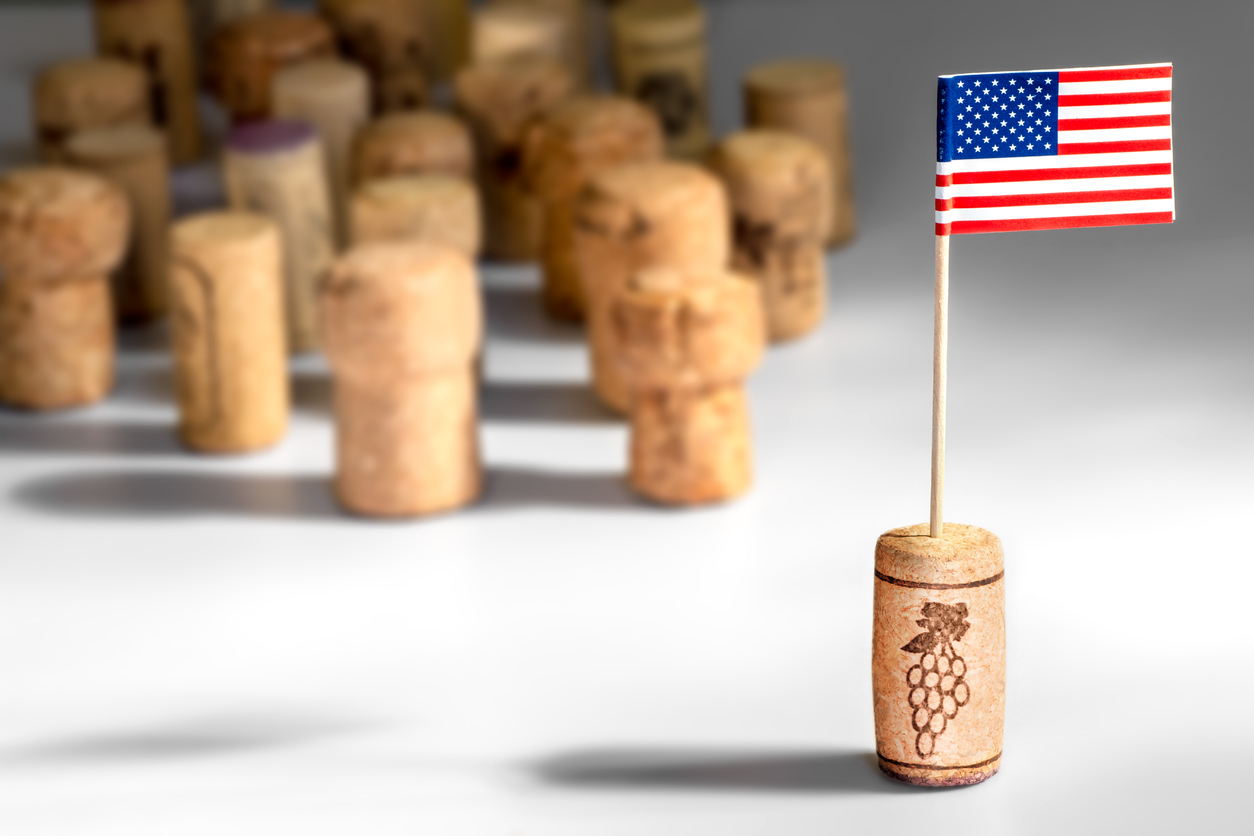
 Its report for May noted that total trade value fell 30.2% month-on-month on the back of reduced trade volumes, driven by a reduction in trade count and volumes as well as the average value of the transaction. Overall, the total trade value in March was down by nearly a third on the previous month, falling 30.1% on the March figure, much of which it attributed to the impact of US tariffs.
For example the Fine Wine 100 closed down 1.7%, making it the largest monthly decline since August 2023, ahead of the Fine Wine 1000, down by 1.3%, but less than the Fine Wine 50, which tracks the 10 most recent physical vintages of the First Growths, which fell 1.9%.
As the report noted, the Fine Wine 50 and Bordeaux 500 now sit beneath the 9.8% and 5.8% beneath their 2020 lows.
Meanwhile, the impact and uncertainty around US tariffs impacted the performance of Champagne – with US buyers accounting for 47.7% of Champagne trade in the last 12 months, the Champagne fell 2.6%, making it the worst performing sub indices. Another US stronghold, Tuscany also fell back, along with Piedmont.
Indeed US buying – which accounts for around 19.9% of buyers - last month fell to the lowest it has been since January 2023, equating to a 34.8% fall from March, and a whopping 58.0% on February’s figures.
Despite this, the news that tariffs on EU imports is now only subject to 10% did provide a bright spot, with a slight uptick of US bids. This is unsurprising, it noted, as the threat of the 200% tariff in March saw US buyers bidding tail off, only returning later, at a lower level. The report argued that basically, enough time had now passed for the trade to work out what tariffs it could swallow and communicate these back to consumers, helping to rekindle demand.
Despite this, the total bid exposure was at least 50% below its pre-tariff level, not helped by the weaker dollar - and it is likely that US buyers will "sit tight" until 9th July, when the "temporary respite" of the 90-day reduction in EU wine tariffs ends and a longer-term decision is announced to give further clarity.
Its report for May noted that total trade value fell 30.2% month-on-month on the back of reduced trade volumes, driven by a reduction in trade count and volumes as well as the average value of the transaction. Overall, the total trade value in March was down by nearly a third on the previous month, falling 30.1% on the March figure, much of which it attributed to the impact of US tariffs.
For example the Fine Wine 100 closed down 1.7%, making it the largest monthly decline since August 2023, ahead of the Fine Wine 1000, down by 1.3%, but less than the Fine Wine 50, which tracks the 10 most recent physical vintages of the First Growths, which fell 1.9%.
As the report noted, the Fine Wine 50 and Bordeaux 500 now sit beneath the 9.8% and 5.8% beneath their 2020 lows.
Meanwhile, the impact and uncertainty around US tariffs impacted the performance of Champagne – with US buyers accounting for 47.7% of Champagne trade in the last 12 months, the Champagne fell 2.6%, making it the worst performing sub indices. Another US stronghold, Tuscany also fell back, along with Piedmont.
Indeed US buying – which accounts for around 19.9% of buyers - last month fell to the lowest it has been since January 2023, equating to a 34.8% fall from March, and a whopping 58.0% on February’s figures.
Despite this, the news that tariffs on EU imports is now only subject to 10% did provide a bright spot, with a slight uptick of US bids. This is unsurprising, it noted, as the threat of the 200% tariff in March saw US buyers bidding tail off, only returning later, at a lower level. The report argued that basically, enough time had now passed for the trade to work out what tariffs it could swallow and communicate these back to consumers, helping to rekindle demand.
Despite this, the total bid exposure was at least 50% below its pre-tariff level, not helped by the weaker dollar - and it is likely that US buyers will "sit tight" until 9th July, when the "temporary respite" of the 90-day reduction in EU wine tariffs ends and a longer-term decision is announced to give further clarity.































































